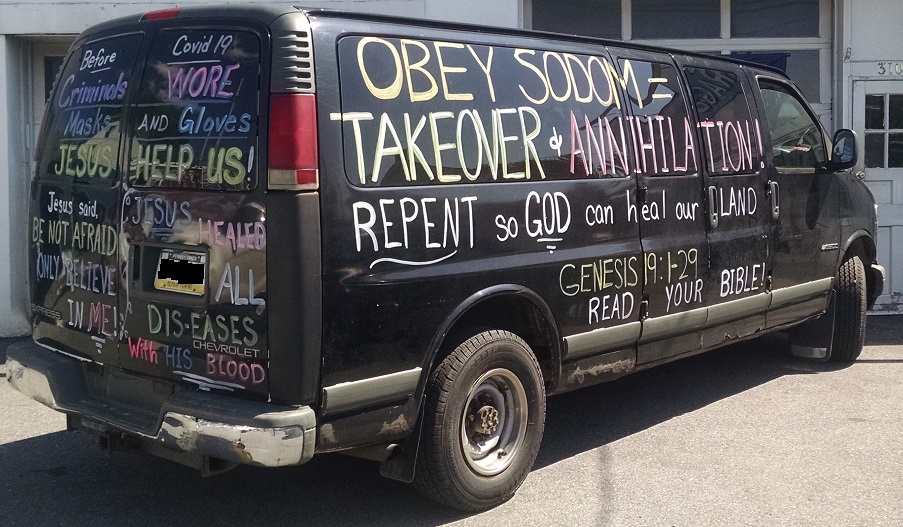The Red State’s Toxic Form of Law and Order
It is not surprising that protests against police brutality are being met by more police brutality. After all, the protesting is specifically against the police themselves. The police are not at the protests to maintain order but to counterprotest. They are there as a show of muscle by the currently empowered Red State.
The infamous event at Lafayette Square, where law enforcement assaulted protesters with tear gas to clear a path for a Presidential photo op, underscores this fact. Tear gas is supposed to be a last resort for riot control, not something to use unprovoked on a peaceful assembly. It is the same with rubber bullets. They are for riot control, but there have been no riots. Instead, law enforcement has been using these weapons everywhere across the United States to attack peaceful gatherings of people, the same people they ostensibly exist to serve and protect. Attacking them as if they were an enemy.
I apologize for linking to all this violent content, though by now you’ve probably seen it because it has become a staple of social media feeds. I just want to make the point of how dangerous the militarization of police forces has become to the citizens of the United States. The Red State has even gone as far as to call in the National Guard to attack people in their homes.
Why do I use the term Red State? Because it is clear that the current conflict across the United States is the Culture Wars of the previous era coming to a head in city streets. I’ve written before about these two partisan sides; the Red v. Blue narrative goes way back. And in the current conflict between protesters and police, it is likely that where you fall along this partisan divide determines what facts you believe, and how you perceive the conduct of either side.
When I first delineated the differences between the Red Zone and the Blue Zone, following the 2000 election, I identified “worst examples” on each side, meaning the most dangerous extremists.

It’s unfortunate that the worst example of the Red Zone remains a persistent problem. Police forces have been infiltrated by white supremacists, and police have actively supported white vigilantes. These elements are emboldened by the support of their “law and order” President. Even I got a tiny taste of it when, in a small Black Lives Matter vigil in my podunk Pennsylvania town, young white men speeding by in their pickup trucks yelled “Fuck you!” and “Go fuck yourselves!” out of their windows.
I’m not going to go deeply into the issue of systemic racism and how we should implement judicial reform – the heart of why the BLM movement exists – because that’s not the point of this post. The point I am making is that we are now past the era of ideological argument. We are in a struggle for power. A struggle to determine who gets to decide how law and order are implemented in this country. And we cannot let the Red State’s racist authoritarianism prevail.
That is why those of us opposed to it must continue to resist. We must show solidarity, and use what is left of our democratic institutions as best as we can to fight the Red State’s toxic form of law and order. Don’t worry about the ideological labelling, or being accused of virtue signalling or performative activism. Don’t worry about whether you are too far to the left or not far enough. It doesn’t fucking matter. What matters is that you are against the white nationalism that Trump and his minions are trying to institute.
The truth is that violence and crime have declined in the United States in the past generation, though Red State propaganda would have you believe otherwise. The young people out protesting are correct to demand better treatment at the hands of law enforcement. The massively built up police forces that protesters are facing are a legacy of a past “tough-on-crime” regime that has become obsolete. It is time to reform the police and the judicial system, for the sake of the peaceful and diverse Millennial generation. And that requires a Blue Wave to sweep away the Red State’s vile apparatus of control. So persist.












